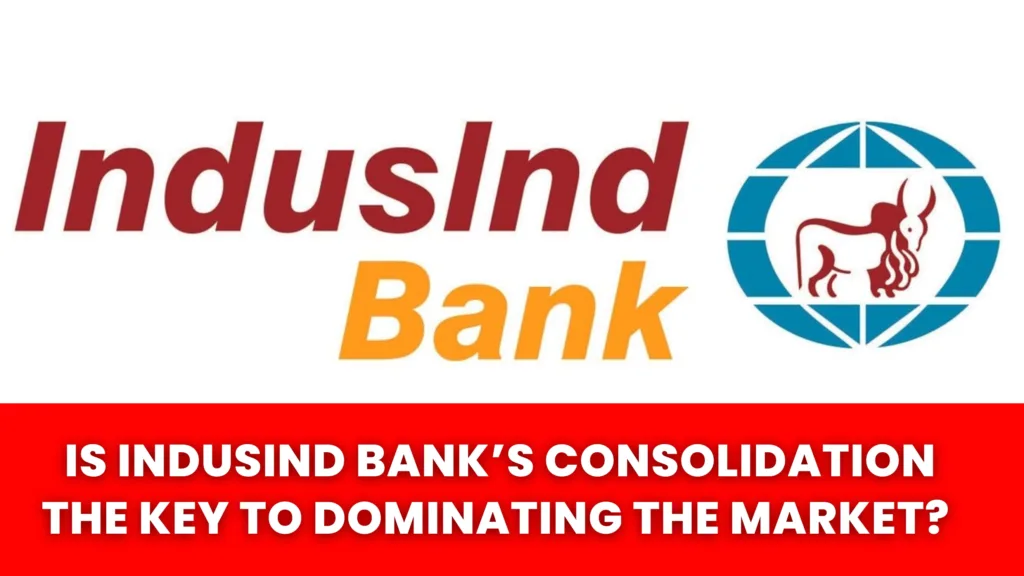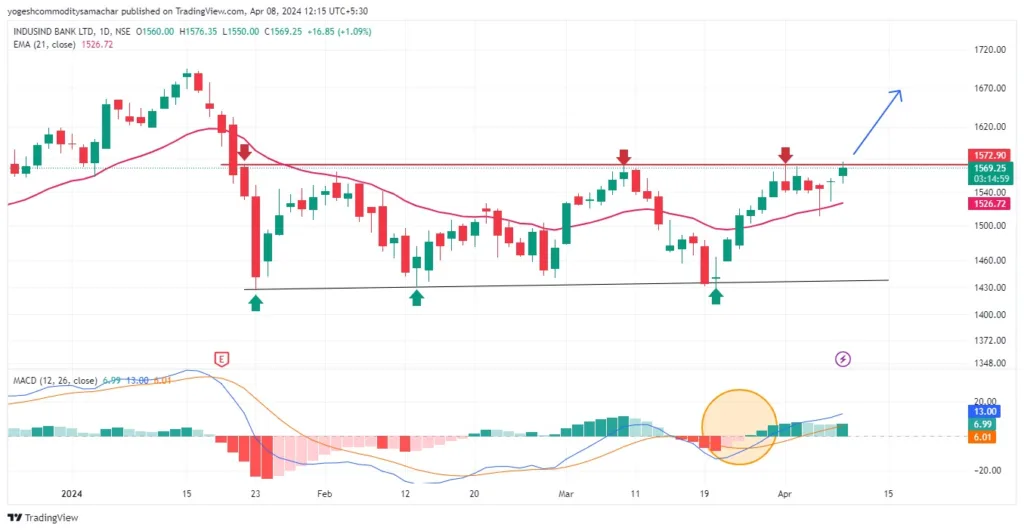
IndusInd Bank Limited was established in 1994 as a commercial bank under the purview of the Banking Regulation Act, 1949. It operates as a publicly held institution and offers an extensive array of banking products and financial services to both corporate and retail customers. Additionally, the bank engages in treasury operations. Its operations span across India, including presence in International Financial Service Centres within the country.
In the fourth quarter, IndusInd Bank saw a strong increase in loans by 18.3% compared to the previous year. However, the growth in deposits was slightly lower at 14.4%. The bank experienced a unique situation where there was a significant withdrawal of Rs 2,760 crore in retail deposits due to regulatory actions taken against one of its fintech partners. If we exclude this one-time event, the growth in retail deposits would have been higher, reaching 20.4% year-on-year. This indicates that the impact of the regulatory actions on the fintech partner had a notable effect on the reported figures.
IndusInd Bank has introduced ‘Indus PayWear,’ a range of wearable devices exclusively compatible with Mastercard for contactless payments. These devices allow users to tokenize their IndusInd Bank debit or credit cards, facilitating tap-and-pay transactions at contactless Point-of-Sale terminals worldwide without the need for physical cards or payment apps. The range includes a ring, a watch clasp, and stickers, catering to diverse customer preferences, all priced affordably between Rs. 499 and Rs. 2,999.
Technical Analysis

Indusind Bank’s stock is currently trading within a stable price range, with a crucial level at 1580. Breaking above this level could trigger increased trading activity and bullish sentiment. The stock is currently showing positive signs, such as trading above its 21-day moving average and a recent MACD crossover. The recommendation is to consider buying if the stock breaks above 1580, with targets at 1700 and 1720, while setting a stop loss at 1523 to manage risk.
Also Read: Natural Gas Update: Analysing the Impact of Oversupply on Natural Gas Prices, Is Nifty Set for a Breakout After Sideways Consolidation?
Recommended Read: RBI MPC Meeting 2024: What’s On the RBI’s Radar?
Want help on your trades?
Chat With Our Analyst